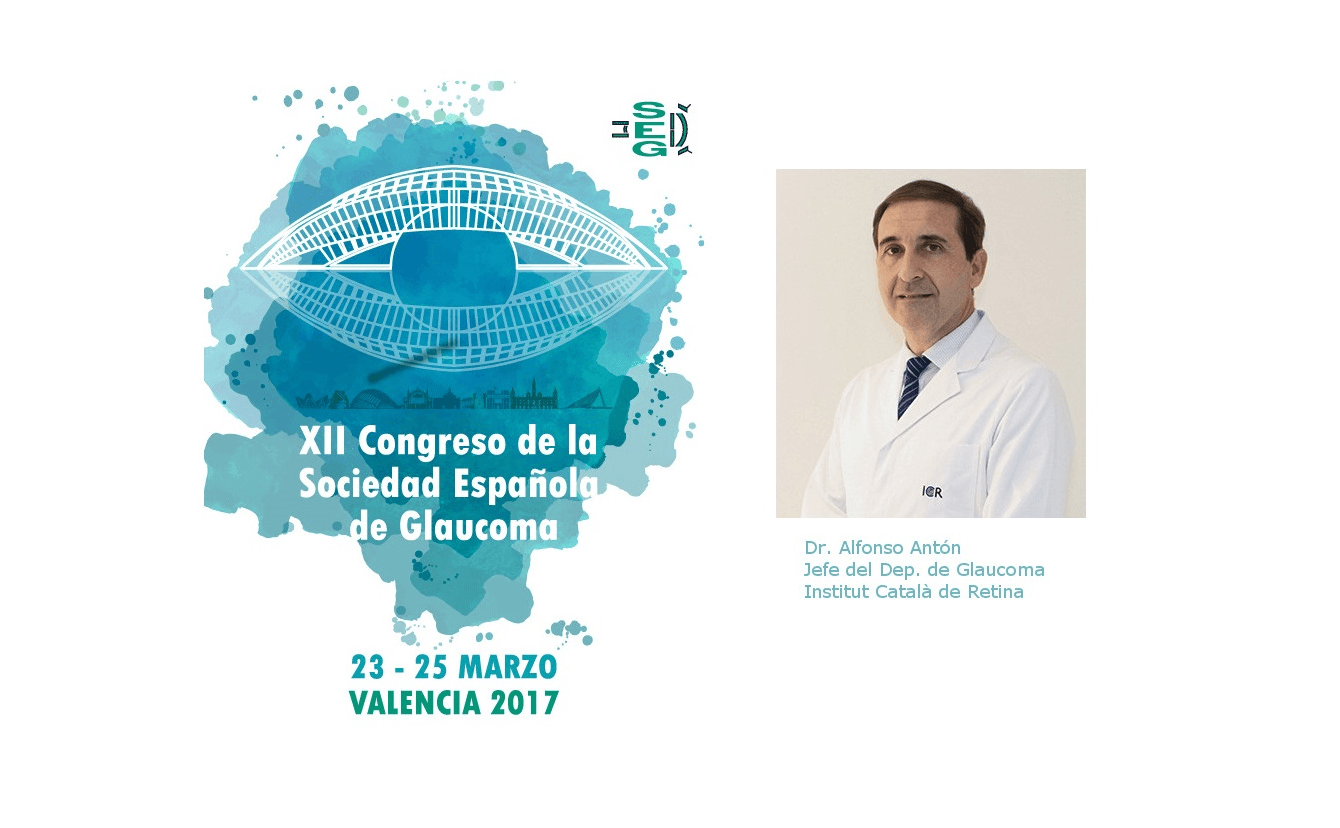
This week saw the Spanish Glaucoma Society (SEG) Congress, held in Valencia. Dr. Alfonso Anton, Head of the Glaucoma Department at ICR, addressed the conference to discuss the ways in which new technologies are changing glaucoma surgery. These technologies enable recovery times to be reduced and allow for less invasive procedures than traditional surgery.
Glaucoma is a disease that affects the eye’s optic nerve, responsible for sending visual information to the brain. It initially affects peripheral visual but, if undetected and untreated, can lead to more severe vision loss, affecting central vision and even causing blindness.
Dr. Anton explained that the new surgical techniques use tiny implants. These implants can be implanted into the eye’s natural drainage zone, between the cornea (the eye’s transparent outer layer) and the iris (the coloured part of the eye). This allows the excess liquid that builds up inside the eye to drain more easily, reducing the high pressure in the eye that causes glaucoma.
Glaucoma and cataracts are both eye conditions related to ageing and, in 20% of glaucoma cases, cataracts is also present. Dr. Anton estimates that in half of the glaucoma surgeries that he performs, he also treats cataracts in the same procedure. However, the ability to carry out combined surgery always depends on each individual case and the stage of the two diseases.
Glaucoma is a condition that affects around 60 million people worldwide. It is estimated that 3% of the Spanish population have the disease, with half of them unaware. It is essential that glaucoma is diagnosed as early as possible, and this was the theme of two of Dr. Anton’s presentations at the congress; “Diagnosing glaucoma with telemedicine, retinography and OCT: design and initial results” and “Diagnosis through macular segmentation with Spectralis OCT to distinguish between healthy eyes and those with incipient glaucoma.”
Contact us or request an appointment with our medical team.